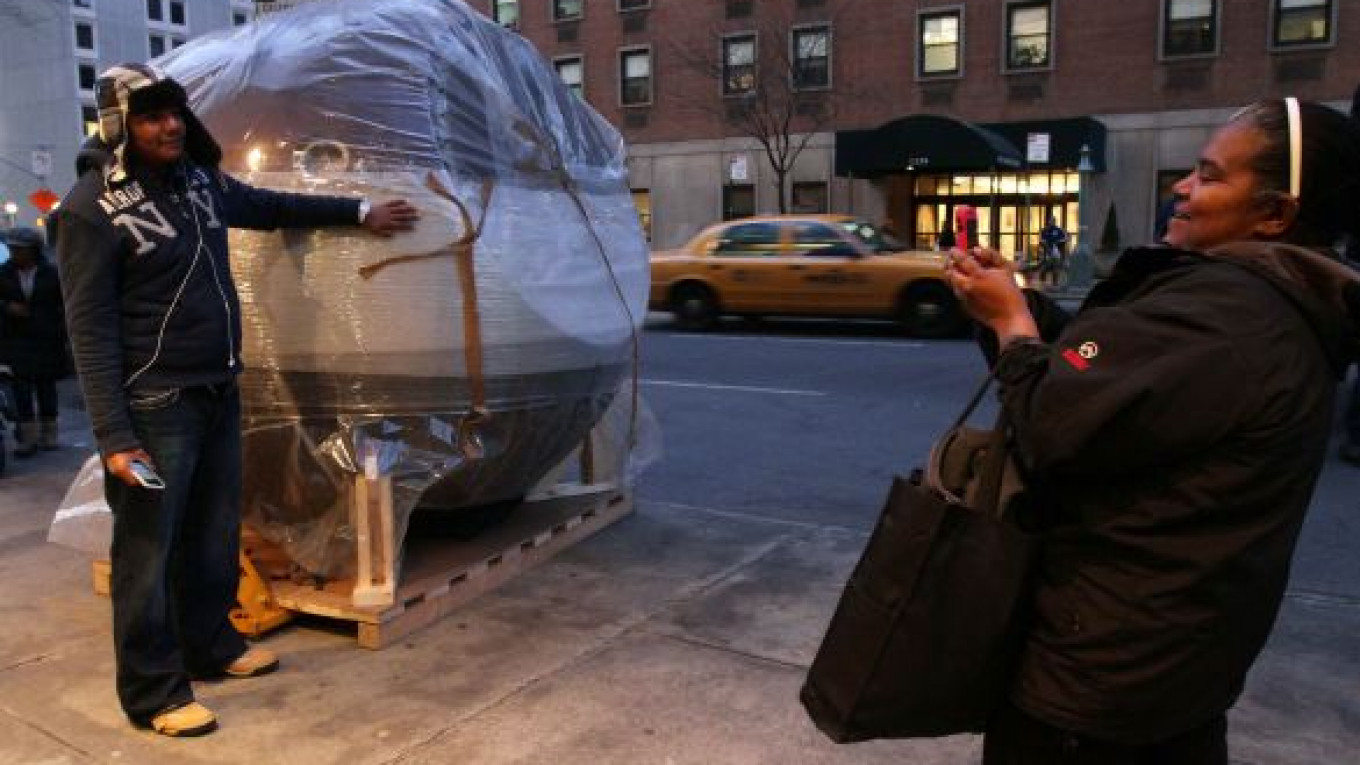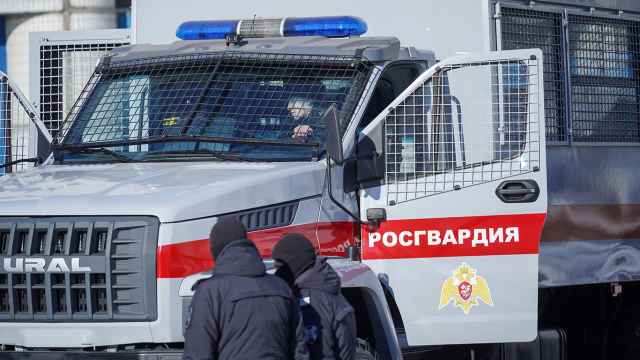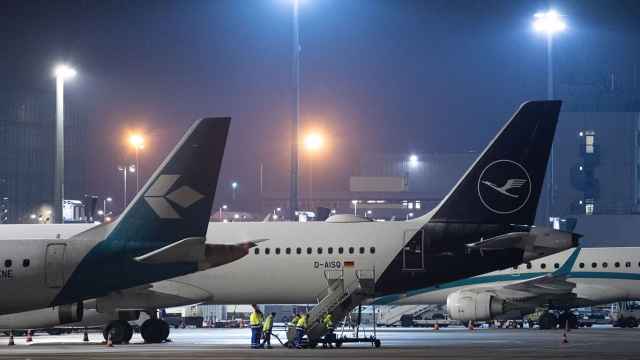NEW YORK — Just weeks before the first man shot into outer space in 1961, the Soviets launched a dress rehearsal with a duplicate of the space capsule carrying a cosmonaut mannequin and a live dog.
The Vostok 3KA-2 spacecraft — a twin of the Vostok 3KA-3 that later carried cosmonaut Yury Gagarin — is being auctioned in New York on April 12, the 50th anniversary of the manned mission.
The capsule, scorched during its re-entry into the Earth's atmosphere, was to go on exhibit at the Sotheby's auction house galleries on Thursday. It's estimated to sell for between $2 million and $10 million.
Sotheby's said the owner, who wished to remain anonymous, bought it privately from the Russians years ago and felt the 50th anniversary was an appropriate time to sell it.
The capsule's interior, which contained about 816 kilograms of instrumentation, has been stripped for security reasons. Made of aluminum alloy and measuring a little more than 2 meters in diameter, it retained "secret" classification until 1986.
The life-size spacesuited mannequin, nicknamed Ivan Ivanovich, has been on loan at the Smithsonian National Air and Space Museum in Washington since 1997. It was bought at Sotheby's by the Perot Foundation in 1993.
The faux astronaut shared the small capsule with a mutt named Zvyozdochka, or Little Star, which made it back from space safely.
The test mission made one low Earth orbit before its re-entry 115 minutes later and landing in a snow-covered gully near Izhevsk, an industrial city in the republic of Udmurtia in the European part of Russia.
Just 18 days later, the 3KA-3 manned capsule, later renamed Vostok 1, carried Gagarin on the world's first space flight. Like the mannequin, Gagarin was ejected from the capsule and parachuted down.
The Vostok 1 is now housed in the RKK Energia Museum near Moscow.
The first manned space flight came four years after the launch of Sputnik, the first man-made satellite.
Russia will launch two extra navigation satellites, after three crashed, to provide extra insurance for the success of its bid to create a rival to the U.S. system, Reuters reported Wednesday.
The Glonass satellites that plunged into the Pacific Ocean in December were the final three of 24 that Russia had needed to fully deploy its system, which Prime Minister Vladimir Putin has been trumpeting as a pet project.
In 2011, instead of launching three as planned, to replace the ones that crashed, five will be sent, Information Satellite Systems, designer of the Glonass satellites, company head Nikolai Testoyedov was quoted by Interfax as saying.
Testoyedov said the launch would occur in December of this year.
A Message from The Moscow Times:
Dear readers,
We are facing unprecedented challenges. Russia's Prosecutor General's Office has designated The Moscow Times as an "undesirable" organization, criminalizing our work and putting our staff at risk of prosecution. This follows our earlier unjust labeling as a "foreign agent."
These actions are direct attempts to silence independent journalism in Russia. The authorities claim our work "discredits the decisions of the Russian leadership." We see things differently: we strive to provide accurate, unbiased reporting on Russia.
We, the journalists of The Moscow Times, refuse to be silenced. But to continue our work, we need your help.
Your support, no matter how small, makes a world of difference. If you can, please support us monthly starting from just $2. It's quick to set up, and every contribution makes a significant impact.
By supporting The Moscow Times, you're defending open, independent journalism in the face of repression. Thank you for standing with us.
Remind me later.






